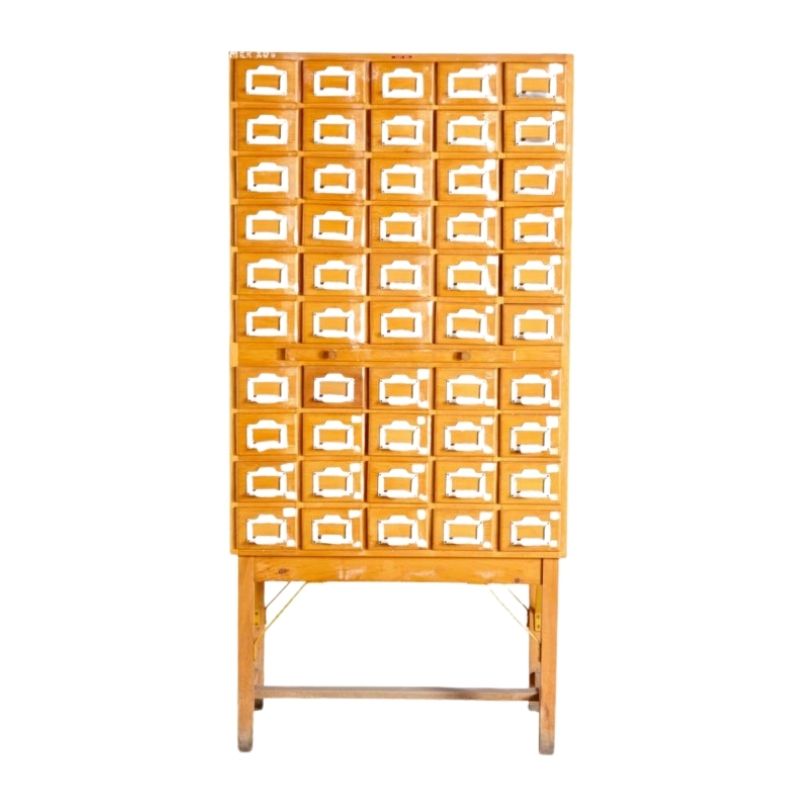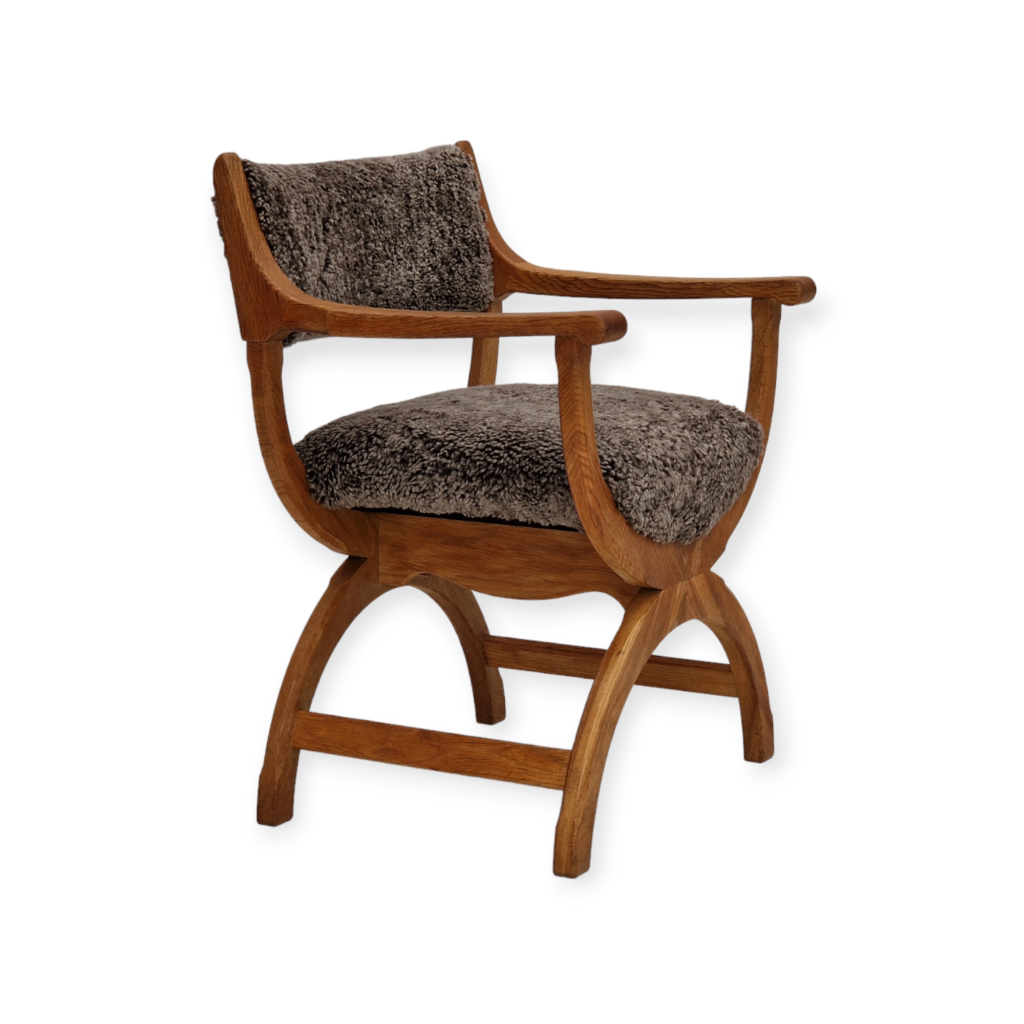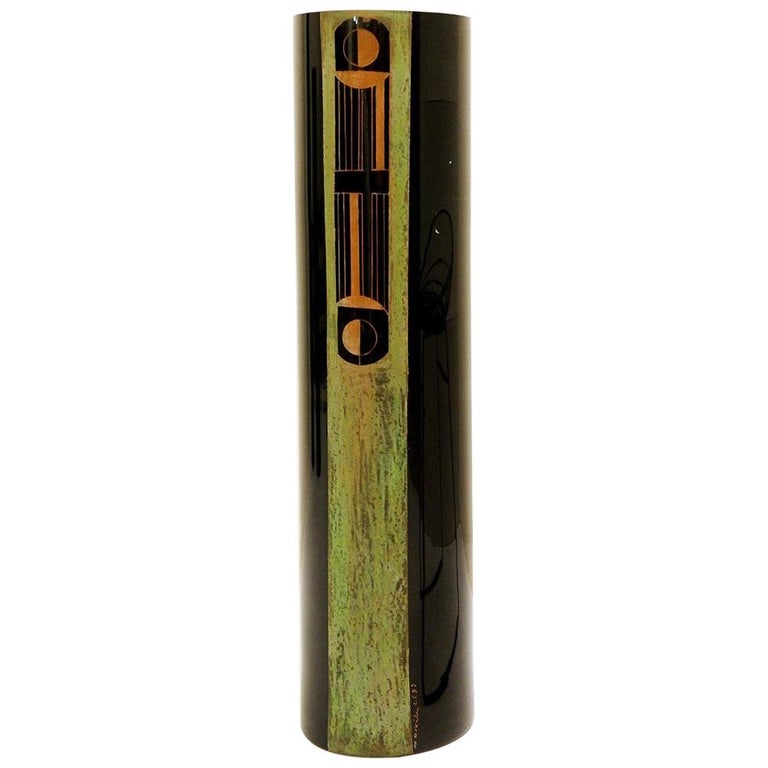Legend has it this rocking chair has been in my family for Hundreds of years. This chair doesnt look old enough to me but i know nothing about it. It was my Moms prized possession and I do remember it as a very small child. Mom passed away 5 years ago My Brother took the chair and threw it in his shed and there is sat. As you can see it's in bad shape. I have started to repair the chair. I want to give it to my daughter once its repaired as She is expecting her first Child in January. My fear is to screw it up! I plan on weaving a Shaker back and seat on it once I have cleaned and polished it. Given the chair's long family history I feel that a family member should be the one to repair it. I do not want to refinish it. Every scratch and nick on this chair has been done by someone in my family over the years. I also want to keep the Patina on the chair. I was considering cleaning and polyurethaning the chair. I am very green in this subject and don't want to screw up the piece. I have enclosed a few pictures of the chair. Does anyone have the knowledge to ballpark the age of the piece? Any advice about cleaning and preserving the piece without impuning the integrity of the family history of this chair would be an absolute godsend! Thanks in advance for your advice and input! I really need it!  <img class="wpforo-def
<img class="wpforo-def
This forum is design-related, focusing mostly on mid-century stuff (1950s-1970s) and less on restoration in general.
That said--your chair is at most about a hundred years old, maybe quite a bit younger. It was left outside for a long time, probably on an unsheltered porch. It's a typical porch rocker design that has been in production ever since the first one was made. Do a Google image search for "Brumby rocker" or go to the Brumby website to see how the chair looks with woven seat and back. You can do the weaving yourself but unless you're really handy and you enjoy a challenge, it might be easier to hire that part out. If you really want to try it yourself, "The Caner's Handbook" covers all different types of woven seats, including the type that's on there now.
It certainly has plenty of "patina" now. Cleaning it will not get rid of the gray weathered layer of surface wood, though. If you put polyurethane on it, it will still look gray and will possibly look even more uneven in color. You might want to consult a good refinisher. (Polyurethane is a relatively modern finish and not really appropriate on antiques. Varnish or shellac would be a better choice. A dark stain might help to cover the weathered color.)
Good luck! And maybe look for a forum dedicated to furniture refinishing and restoration. You'll probably get a lot more help there.
I agree with every tihng Spanky said. I would just reiterate the comment about not putting polyurethane on this, in its current state. Poly would certainly be an appropriate finish, if the the chair was in decent condition. Not period correct, but would offer good protection. The issue with adding poly in its current state, however, is that it will look really bad with the condition the wood is in. Poly application, unless you are very experienced, is really only meant to be applied to bare, clean wood in good condition. From the pictures, it looks like there is a lot of grayed, weathered, raised grain wood. The poly will soak into this surface very unevenly, and give you a blotchy, rough mess. you would also need to add many coats to even start building a film, which is necessary for poly to do its job. In fact, most traditional finishes added to the chair in its current state will yield the same results. You would really need to sand the chair back to 'good wood,' or stain the whole thing to have any good results with adding a finish.
I think your best bet is to clean it really well with something like Murphys oil soap, TSP, etc, using a mildly abrasive pad. After it is completely clean, and dry, I would give it a light sanding, trying to remove as much of the grayed, weathered wood as you care to. You might then be able to add a finish, but it will be entirely dependent on the state of the wood at this point. If you really want to keep every little scratch and knick, and you dont want to sand away the damaged wood, then you could probably add a couple applications of paste wax. The paste wax will soften the roughness, and add some minimal protection. But you still risk having an uneven surface appearance, as the wax will heighten the appearance of the good wood, and soften the bad wood areas.
At the end of the day, what you are wanting to do here really takes a fair amount of experience to execute properly. It will be easiest to either just clean it and live with whatever comes out of that, or sand it back and do a full refinish. Goodluck!
If you need any help, please contact us at – info@designaddict.com









